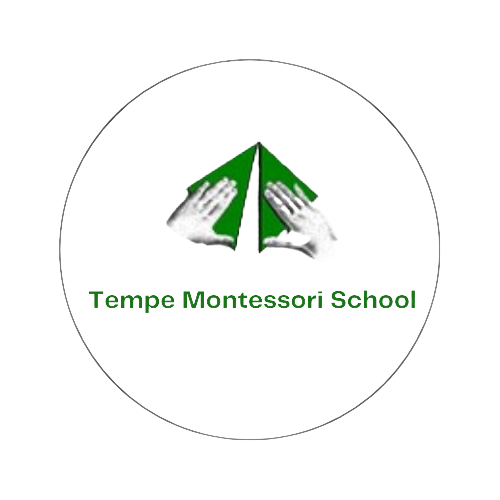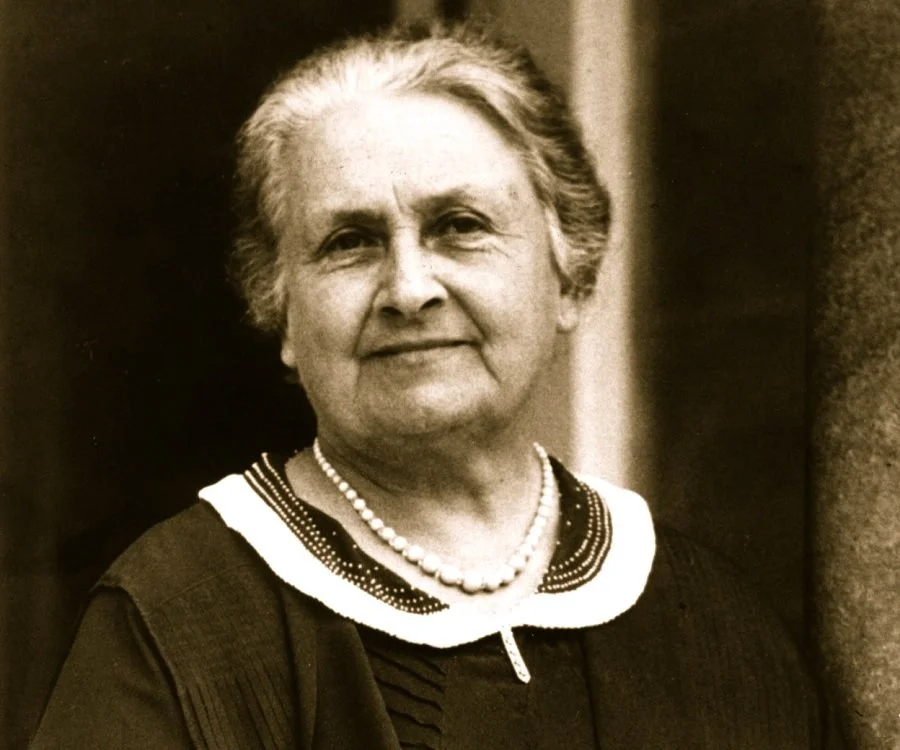What is Montessori?
Dr. Maria Montessori.
Dr. Maria Montessori, the first Italian woman physician, began her first Children’s House in Rome a century ago. Since then, Montessori schools have flourished all over the world. Her vision of educating the whole child is an inspiration to all of us who choose to continue her work.
Learning Environments.
Montessori classrooms were originally named “Children’s Houses” because they were designed to be places where the perspective of the child was paramount. Continuing in this tradition, our classrooms, filled with developmentally appropriate activities, carefully chosen and beautifully prepared, and equipped with child sized furniture, communicate to the children that this is a special place for them. When Dr. Montessori first designed her teaching materials, the concept of self-correction was very important to her. This self-correcting feature enables each child to develop independence, as well as fosters the child’s ability to progress at the pace that is unique and perfect for our students.
An active learning style is nurtured in Montessori classrooms. The children are encouraged to seek answers to their questions and to follow their interests. The curriculum serves to answer each child’s needs, rather than bind each child in a rigid sequence. The children are motivated to learn and to excel, and consequently are empowered by feelings of intrinsic satisfaction and self confidence.
Personalized Education.
As the children grow and develop, academic work and independence is gained. Each child has an individualized lesson plan to allow the child to follow their interests and work at their own pace. Classrooms are made up of distinct areas to meet the academic, sensory, and independent needs of the children. The children are engaged in daily lessons working with materials for mathematics, language and literacy, sensorial, and practical life materials. As the child repeats lessons with the materials and works with his hands, we begin to see concentration. Not only do the children learn about different materials, they have full understanding of them because they are allowed to use their hands to manipulate the materials. Maria Montessori said, “The hands are the instruments of man’s intelligence.”
Living Community.
Children are also engaged in social relations, real life activities, tend to the gardens and work with campus animals. These responsibilities help to build qualities and characteristics of a young adult who is supportive and active in her world and in her community. Each classroom is a living community. The children have the opportunity to establish friendships not just amongst their own age groups, but also with children younger and older than themselves. The mixed aged groupings create relationships that are satisfying to all.
“I observed little children. I sensed their needs. I tried to fulfill them. They call that the Montessori method.”





